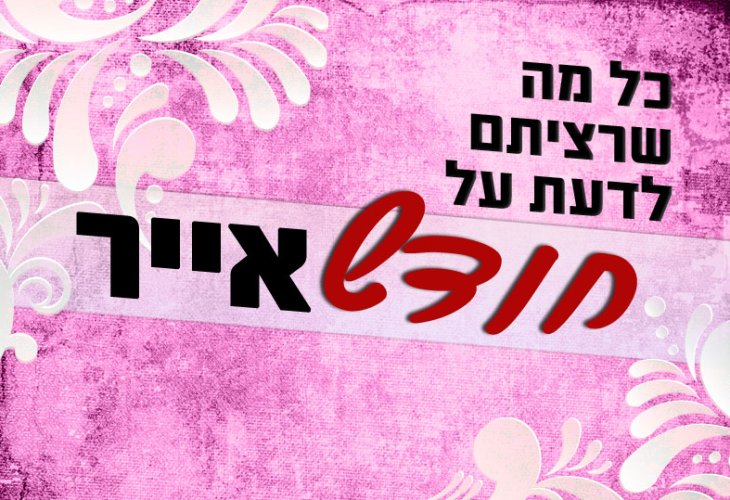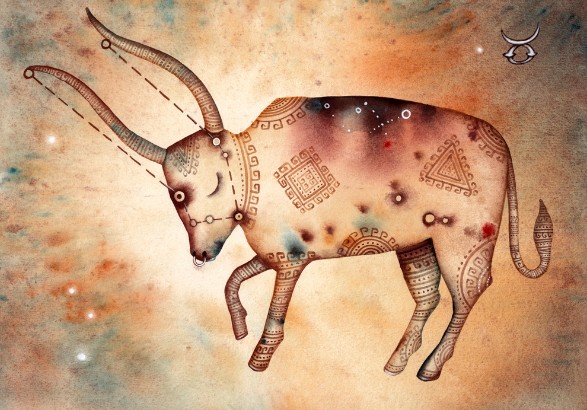Facts in Judaism
Iyar: The Month of Healing, Connection, and Inner Growth
From barley harvests to spiritual repair, the second month on the Torah calendar holds the key to unity, renewal, and purpose

The month of Iyar is the second month of the year in the Torah’s ordering of the months and the eighth month in the Jewish calendar that counts the months from Creation. Its roots, name, and symbolism all point toward light, healing, and connection.
The name "Iyar" comes from the Babylonian exile and finds its origins in the Akkadian word "ayaru," which means "light." The Torah refers to this month differently and calls it "ziv" which means “radiance” or “splendor,” referring both to the brilliance of the springtime sun and the blossoming of the trees. The name appears in Melachim I (6:1), in reference to the month in which King Shlomo began building the Temple: “In the fourth year, in the month of Ziv, which is the second month.”
Our Sages add a deeper layer to the term "ziv", and explain that it refers to the "illuminators of the world," Avraham, Yitzchak, and Yaakov. According to Rabbi Yehoshua, they were born in the month of Nisan, and by Iyar, their presence already graced the world. Hence, the month of Iyar is marked by the spiritual glow of our forefathers.
 Counting the Omer
Counting the OmerA Time of Ripening - Body and Soul
In the ancient agricultural calendar discovered at Gezer, Iyar was called the "month of the barley harvest," a time when the fields yielded their grain. This agricultural abundance reflects the deeper blessing that Iyar represents.
This is also the month when the manna first began to fall to feed the nation in the wilderness, and it was a sign of Divine sustenance and overflowing blessing. In the period when the new month was sanctified by the Beit Din (Jewish court), messengers were dispatched in the month of Iyar to inform the diaspora when the new month had been sanctified.
Iyar also has a powerful spiritual makeup. Pesach Sheini, which falls on the 14th of Iyar, offers a second chance for those who were impure or distant during the first Pesach offering one month earlier. This built-in opportunity for spiritual renewal is one of Iyar's most defining characteristics.
 Taurus sign
Taurus signCounting, Mourning, and Rebuilding
Throughout Iyar, we count the Omer, the days between Pesach and Shavuot, leading toward Matan Torah (the giving of the Torah). This counting process is not just numerical - it’s spiritual. Each day represents a step in refining one's character.
With that, much of Iyar is also marked by mourning. During this time, we commemorate the tragic deaths of Rabbi Akiva's 24,000 students, who, as the Talmud tells us, perished because they did not treat one another with proper respect. On Lag B'omer (the 18th of Iyar), they stopped dying, and we celebrate the yahrtzeit (anniversary of death) of Rabbi Shimon Bar Yochai, the great Tanna who brought so much Torah to the world.
The month of Iyar is always 29 days long.
A Month of Healing
Iyar is associated with the zodiac sign Taurus - the ox. In Jewish symbolism, the ox represents agricultural abundance and blessing. The ox plows the earth and prepares it for sowing, echoing the theme of preparation and transformation. The ox also eats the grass of the field, and in this month, field grass is plentiful.
But perhaps most striking is that Iyar is known as the month of healing. As the Talmud in Shabbat explains, healing intensifies between Iyar and Shavuot. The commentators connect this to the verse from Shemot (15:26), “Ani Hashem Rof’echa”—“I am Hashem, your Healer.” Remarkably, the letters of the word Iyar are an acronym for this phrase.
The rain that falls in Iyar, though less common, is also viewed by the Sages as uniquely restorative and carries curative power for the body and soul.
Iyar in the Lens of Chassidut
From a mystical perspective, Iyar is the bridge between Nissan, the month of redemption, and Sivan, the month of Divine revelation. According to Kabbalistic tradition, Iyar was created with the Hebrew letter "vav" which symbolizes connection. This point is not just grammatical or mystical; it reflects the essence of the month: joining redemption with responsibility and freedom with Torah.
Moreover, Iyar is a month that is meant to connect us to one another and repair our interpersonal relationships. The deaths of Rabbi Akiva’s students remind us of the cost of disconnection, while Lag Baomer and the teachings of Rabbi Shimon Bar Yochai illuminate the path forward through love, unity, and connection.
Just as the vav is a connecting line, it also looks like a measuring rod, which reminds us that while connection is vital, healthy boundaries and mutual respect are essential. Unity does not require uniformity. Iyar teaches us to respect and encourage others, despite our differences, and strive for harmony.

